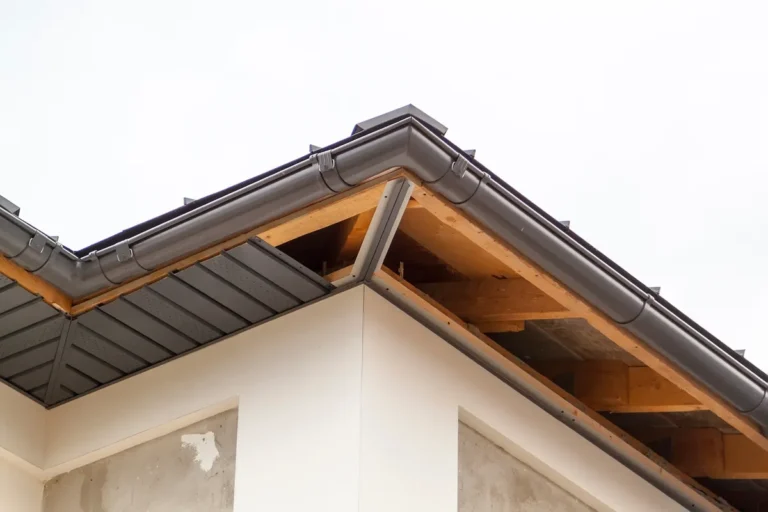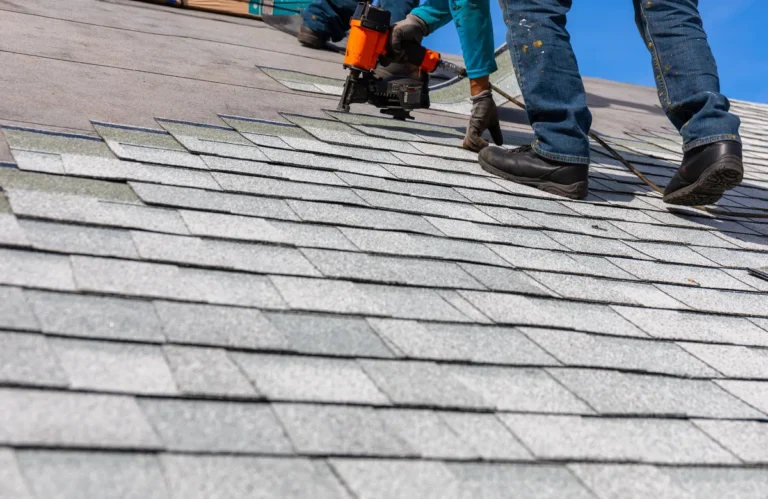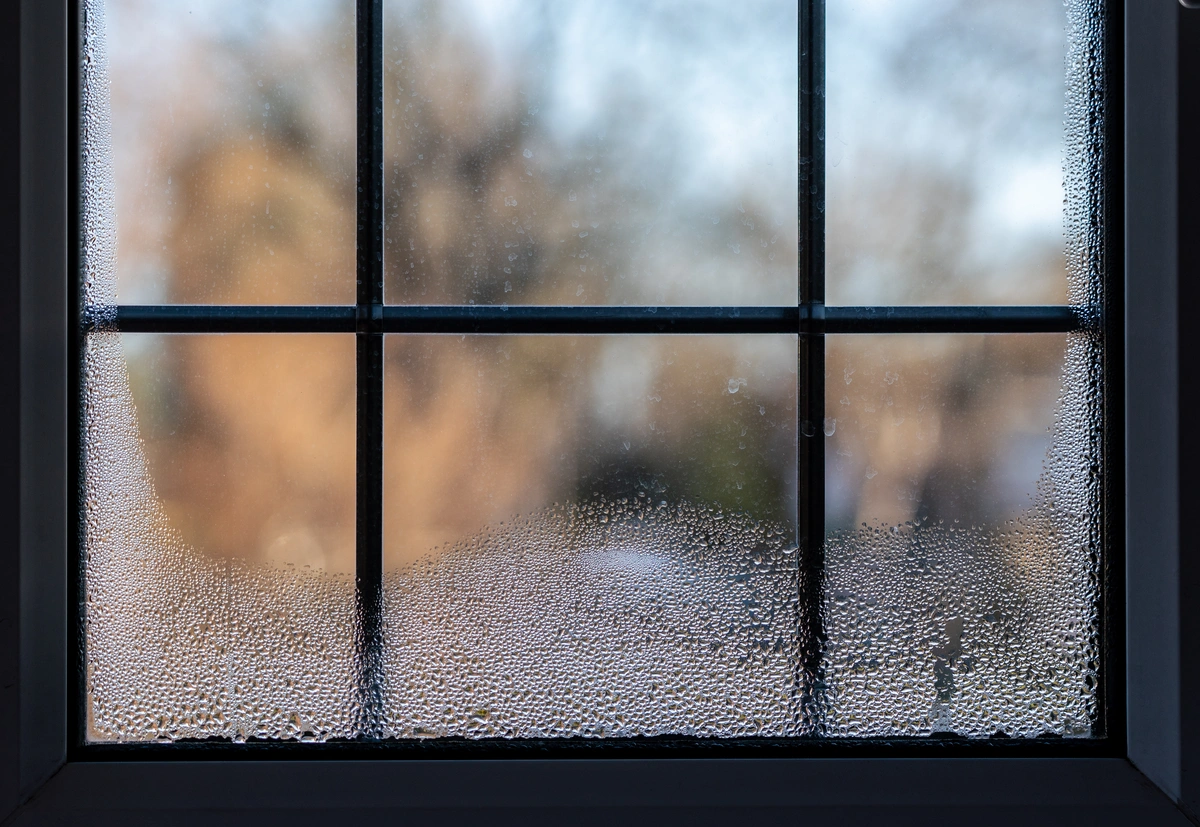
Condensation on windows can be a common and frustrating issue for homeowners, especially during colder months. It not only obstructs your view but can also lead to mold, mildew, and damage to window frames and sills. Fortunately, there are effective ways to prevent and remove condensation. In this guide, we’ll explore six practical solutions to help you keep your windows clear and your home healthy. Let’s tackle those foggy windows!
Inside this blog:
- Why condensation happens in the first place
- 6 ways you can prevent and get rid of window condensation
- When it’s time to call on the pros for help
Keep reading to learn how you can effectively tackle condensation on the windows in your home, so you can live more comfortably!
Why Condensation Occurs on Windows 💧
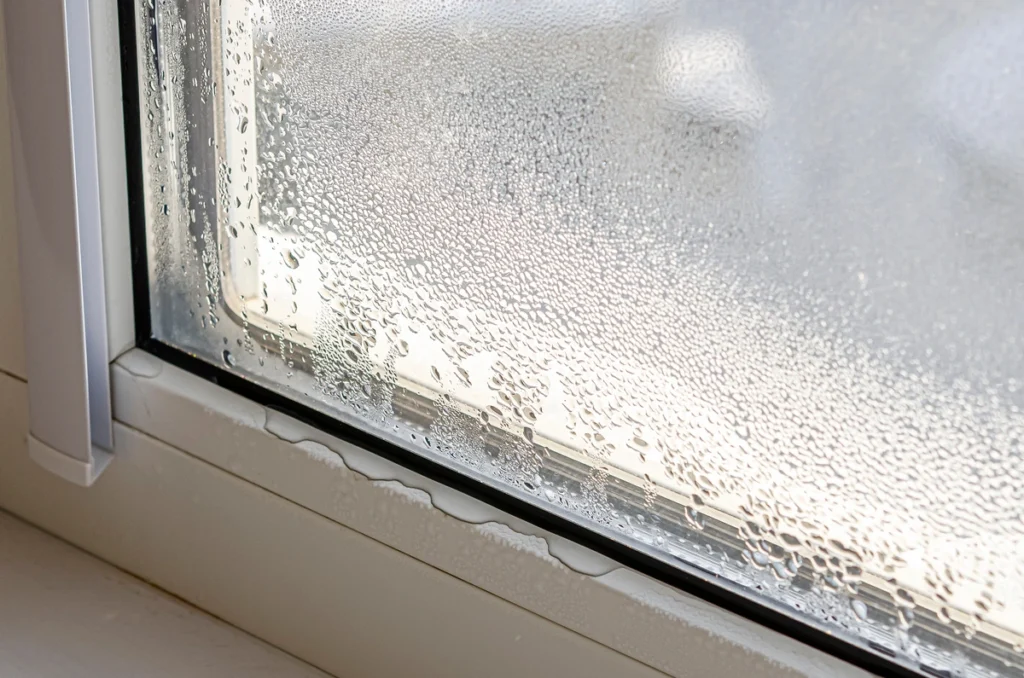
Before we delve into the solutions, it’s essential to understand why condensation forms on windows:
- Temperature Difference: When warm indoor air meets the cold surface of your windows, it cools down and loses moisture, resulting in condensation; this is why condensation is often more noticeable on single-pane windows than on double or triple-pane windows due to the greater temperature difference.
- Humidity Levels: High indoor humidity levels can exacerbate condensation issues, especially during colder weather, so using a hygrometer to monitor and adjust humidity levels can be helpful in preventing excess moisture buildup.
- Inadequate Ventilation: Insufficient airflow and ventilation can trap moisture inside your home, contributing to condensation; consider using ceiling fans or installing additional vents in areas with poor circulation to improve ventilation.
- Energy Efficiency: Well-insulated homes may be more prone to condensation because they retain indoor humidity; this is why it’s important to strike a balance between energy efficiency and moisture control to prevent condensation issues.
Below, we’ll go over the 6 primary ways you can combat condensation on the windows in your home.
1. Use a Dehumidifier
Controlling indoor humidity is a key step in preventing window condensation.
- Invest in a dehumidifier to reduce excess moisture in your home, especially in areas prone to high humidity.
- Aim for indoor humidity levels between 30% to 50% to create a comfortable and condensation-free environment without super high levels of moist air.
2. Improve Ventilation
Proper ventilation helps maintain consistent indoor air circulation, reducing condensation.
- Use exhaust fans in bathrooms and kitchens to expel moisture-laden air outside.
- Open windows periodically to allow fresh air to flow through your home and replace humid indoor air.
3. Weatherproof Your Windows
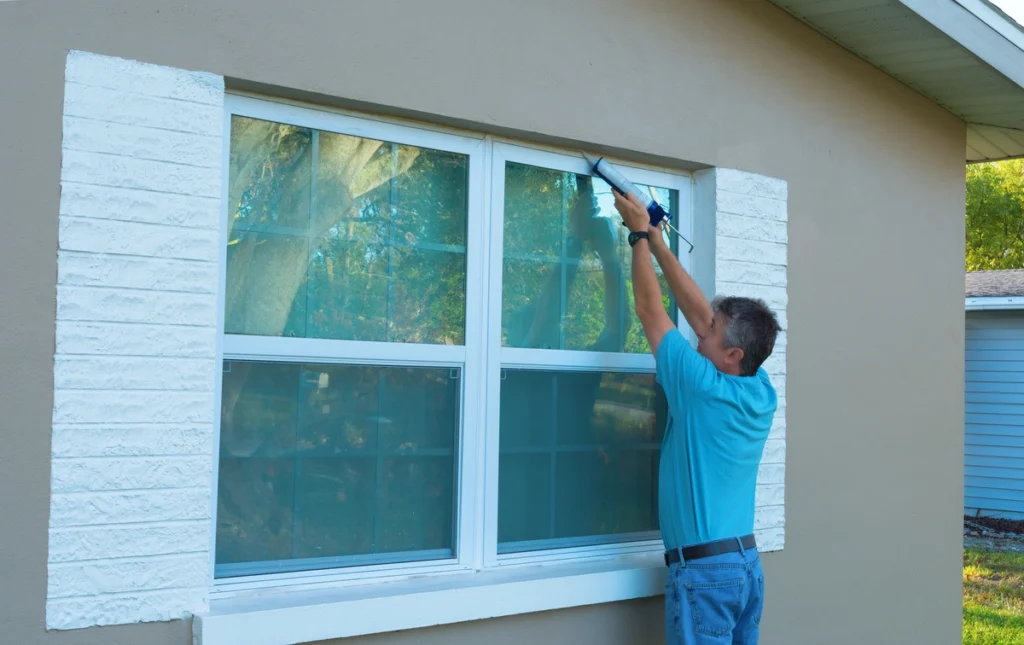
Enhancing the insulation and efficiency of your windows can reduce temperature differences that cause condensation.
- Check for drafts around windows and seal any gaps with weatherstripping or caulk, as this not only prevents condensation but also enhances your home’s overall energy efficiency, saving you money on heating and cooling costs.
- Consider upgrading to double or triple-pane windows for better insulation, which not only reduces the risk of condensation but also provides long-term benefits in terms of improved comfort and energy savings.
4. Install Storm Windows
Storm windows provide an additional layer of insulation, reducing the likelihood of condensation.
- Storm windows create an extra barrier against cold outdoor air, helping to maintain warmer window surfaces, which is especially beneficial in regions with harsh winters.
- They are particularly effective in older homes with single-pane windows, where the additional insulation provided by storm windows can significantly reduce condensation and heat loss.
5. Use Window Film
Window film can help insulate your windows and reduce condensation.
- Apply low-emissivity (low-e) window film to reduce heat transfer and keep window surfaces warmer, which not only prevents condensation but also enhances your overall indoor comfort.
- This film can also help improve energy efficiency by reducing heat loss, ultimately leading to potential energy cost savings while maintaining a condensation-free environment.
6. Remove Condensation The Safe Way
In cases where condensation has already formed, it’s essential to remove it without causing damage.
- Use a clean, absorbent cloth or squeegee to gently wipe away condensation, ensuring you don’t leave any excess moisture that can contribute to future condensation issues.
- Avoid using abrasive materials or harsh chemicals that could scratch or damage your window surfaces, as preserving the integrity of your windows is essential for long-term condensation prevention.
Preventing Condensation Checklist 📝
Here’s a summary checklist to help you prevent condensation on your windows effectively:
– Use a dehumidifier: Control indoor humid air levels.
– Improve ventilation: Use exhaust fans and open windows for airflow.
– Weatherproof your windows: Seal gaps and consider window upgrades.
– Install storm windows: Add an extra layer of insulation.
– Use window film: Apply low-e film to reduce heat transfer.
– Remove condensation safely: Wipe it away gently with an absorbent cloth or squeegee.
When to Seek Professional Help 🛠️
While the solutions mentioned above can be effective in preventing and managing condensation, there are cases where professional intervention may be necessary, such as:
- Persistent Mold or Mildew: If you notice mold or mildew growth around your windows, it’s crucial to address the underlying moisture issue, and a professional assessment may be required to identify and remedy the source of the problem, ensuring a healthy indoor environment.
- Significant Window Damage: Severe condensation can lead to damage over time, including rotting window frames or sills; if your windows show signs of structural deterioration, consult a professional for repairs or replacements to maintain the integrity of your home’s structure and insulation.
A Comfortable Home Has Condensation-Free Windows 🌦️
Condensation on windows can be a pesky problem, but with the right strategies and preventive measures, you can keep your windows clear and your home comfortable. By controlling indoor humidity, improving ventilation, weatherproofing your windows, and considering additional insulation methods, you can enjoy condensation-free windows throughout the year. Don’t let foggy windows cloud your view; take action to maintain a healthy and comfortable home environment. Here’s to clear windows and a happy home!
Contact our expert team of roofers at Shingle and Metal Roofs today and experience speedy turnaround times and unmatched craftsmanship on your home. We’re excited to hear your questions and wants for your next roofing project!


